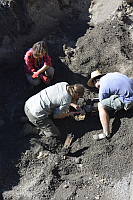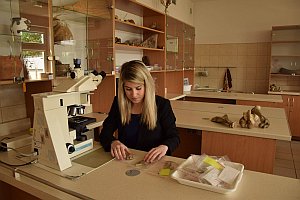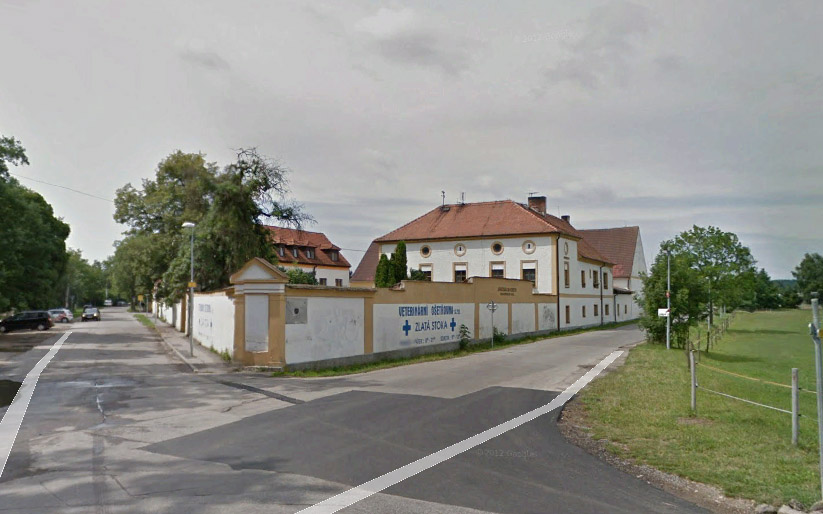Archaeobotany - macroremain analysis
This specialization is based on the finding, separation and determination and evaluation of botanical macro-remains from different contexts of archaeological sites. A lot of layers and archaeological fills are situated on common "dry" sites with prehistoric and early medieval settlement and burial places. An important part of the analysed features are situated in permanently wet positions, like for example wells, cesspits, water systems, cellars and so on. The investigated objects are usually plant seeds and their fragments, but also needles, chaff and the remains of straw. It is possible to evaluate which useful plants were used or collected on the basis of a determination of the plant structure (cereals, legumes, fruits, vegetables, spices, technical plants) and not only this: in accordance with the natural plant species structure it is possible to roughly reconstruct the immediate vicinity of an archaeological site (arable fields, meadows, waste areas, wetlands, forests, woods and shrub formations.
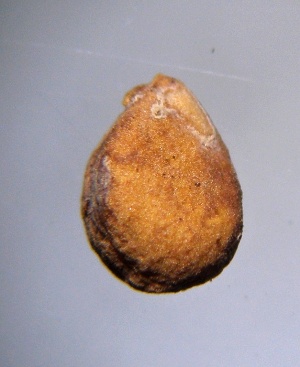 Moruše černá (Morus nigra)
Nalezena v Ústí na Labem ve středověké studni
Foto V. Komárková
The nature of the information is particularly important for archaeologists, because it is the main subject of any palaeoeconomical reconstruction. On the basis of macro-remains analyses it is possible to observe processes of cereal domestication in prehistory and indirectly the development of archaic systems of agriculture. Within the setting of a specific site relations between cultivated and collected plants are also visible. The spatial analysis of archaeobotanical macro-remains is also very attractive to archaeologists, e.g. the distribution of different species on larger archaeological sites etc.
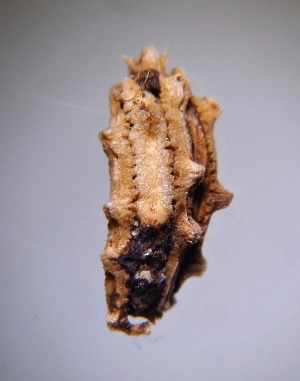 Dejvorec velkoplodý (Caucalis plytycarpos)
Nalezen v Ústí na Labem ve středověké studni
Foto V. Komárková
The analysis of macro-remains in later European prehistory determines the influence from the agriculture of the Roman Empire. At the beginning of the high medieval period as well as at the beginning of modern times it is possible to use macro-remains analysis to make out important or global changes in agriculture. Macro-remain analysis records very valuable cases of the long distance imports of botanical species, for example nutmeg, fig or black pepper. Among the natural plants it is sometimes possible to determine present-day weeds like cockle. Larger collections of archaeobotanical finds are studied today using multivariate analysis.
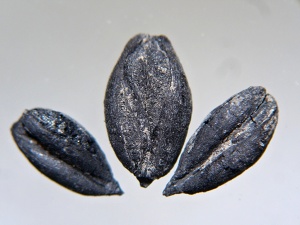 Ječmen obecný – šestiřadý (Hordeum vulgare var. hexastichon)
Obilky ječmene z raně středověkého sídliště ve Statenicích. Rekonstrukce polohy obilek v klásku – středová souměrná obilka a „deformované“ obilky krajní
(foto V. Komárková)
Methodology of macro-remains analysis:
Almost every kind of archaeological soil is suitable for macro-remains analysis. Soil samples are usually taken in large plastic bags (the minimum for a typical dry prehistoric deposit is 100 litres of soil). Soil samples are floated, sieved (mesh 0,4 - 1 mm) and the finds are dried and then identified using a stereomicroscope. A different method is used for concentrated wet samples like the fills of cesspits, wells and so on, where a high concentration of archaeobotanical finds is to be expected. Such sediments are sorted in different size fractions and separately determined. In such cases a volume of 2-5 litres is recommended.
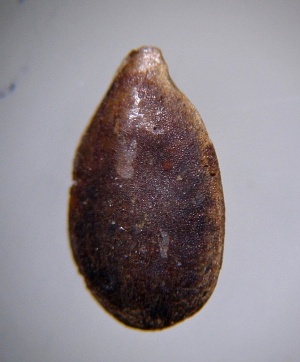 Len setý (Linum usitatissimum)
Nalezen v Ústí na Labem ve středověké studni
Foto V. Komárková
|
Where to find us?
Laboratory of Archaeobotany and Palaeoecology
- Faculty of Sciences,
- University of South Bohemia
-
- Na Zlaté stoce 3
- 370 05 České Budějovice
Contact
+420 38 903 6306
+420 38 903 6308
|

